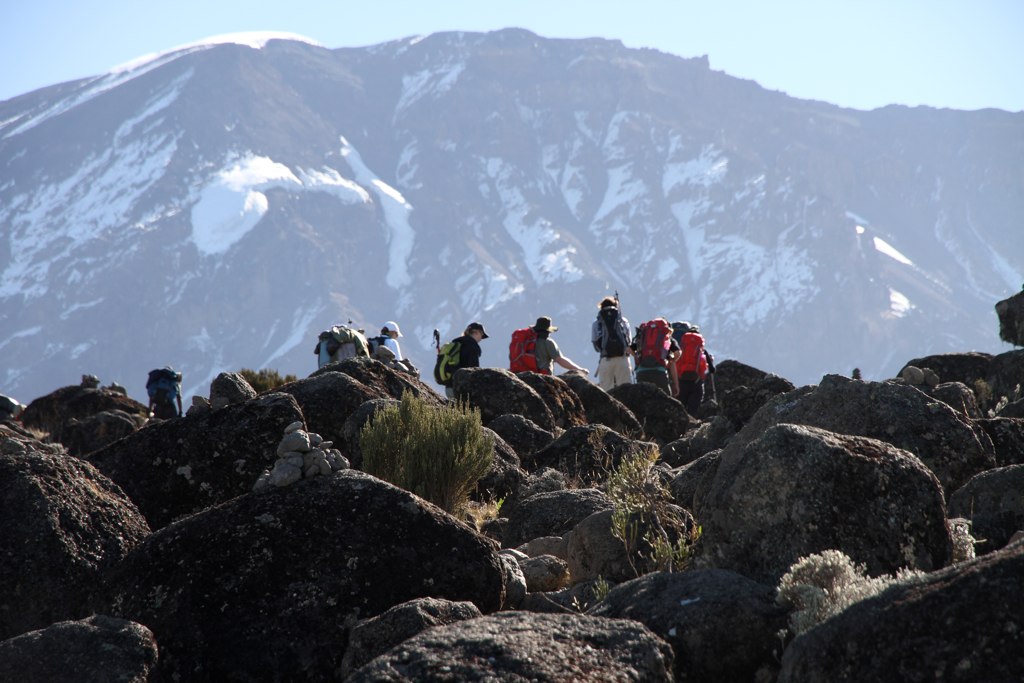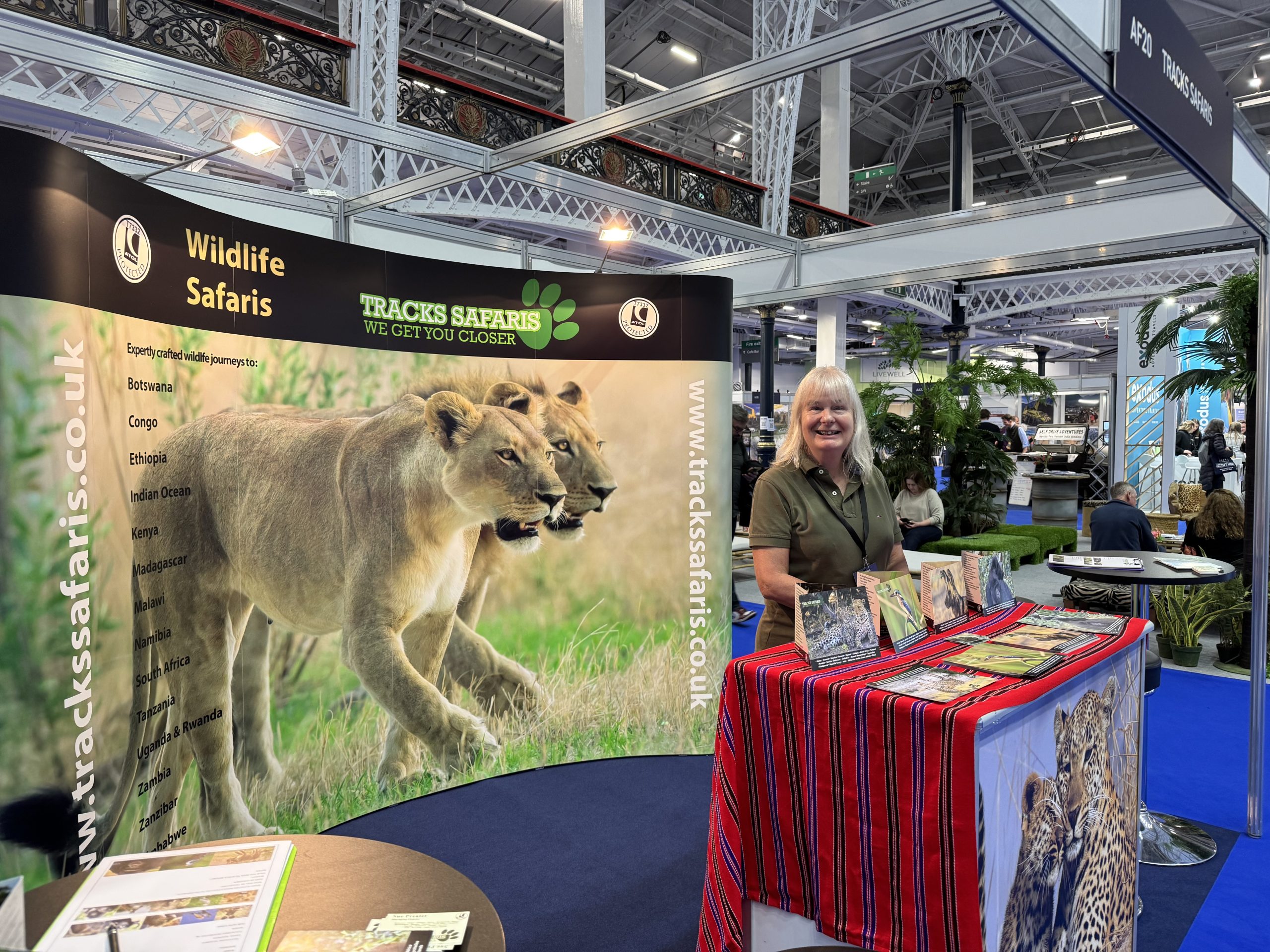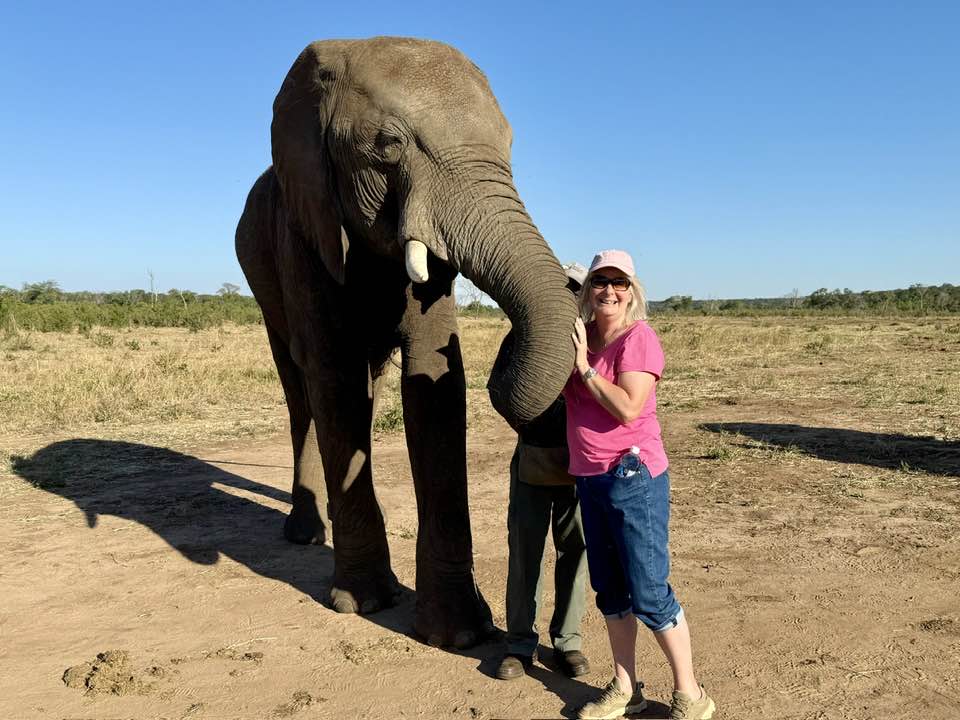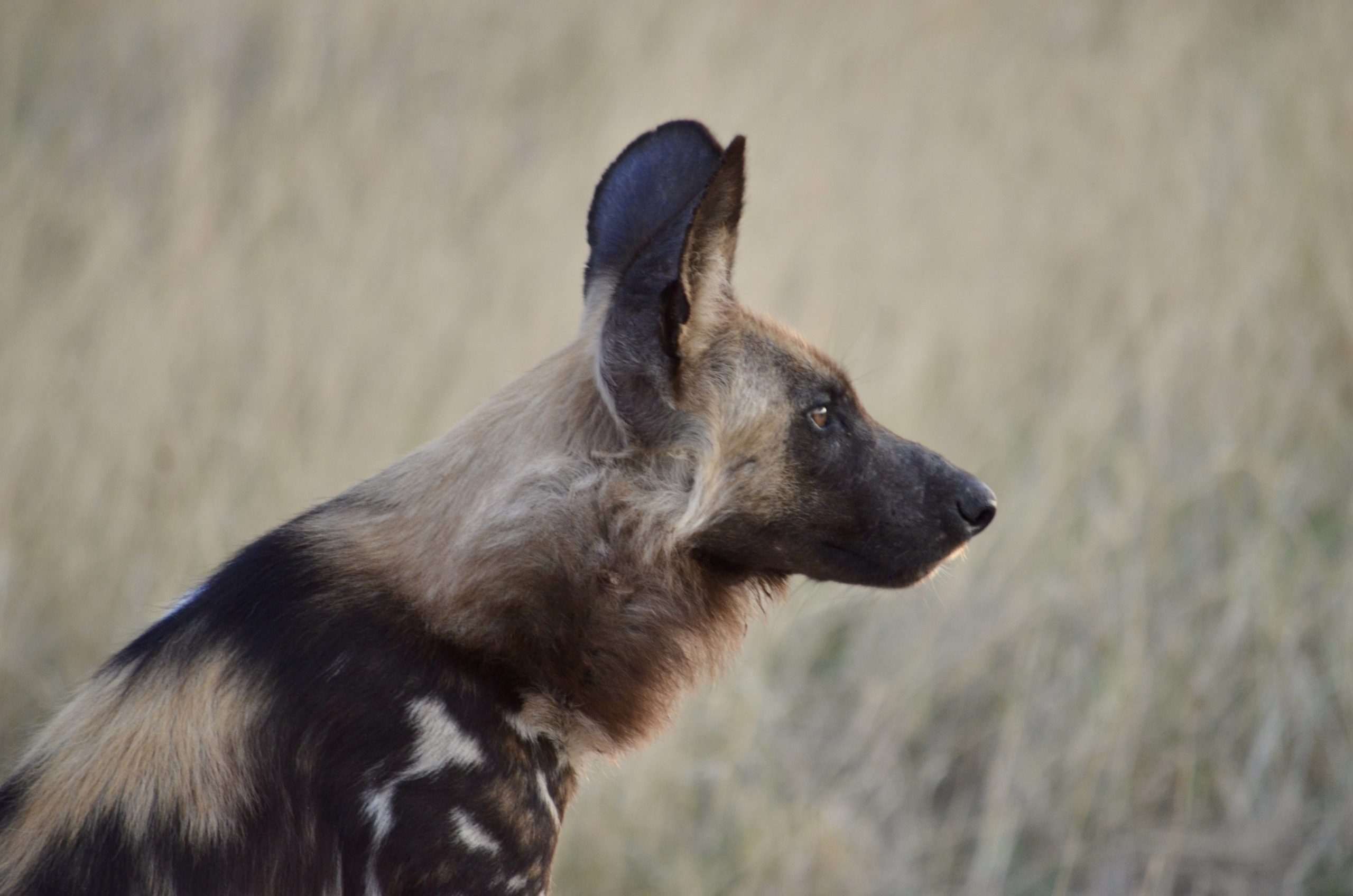Climb Kilimanjaro and Mt Kenya
Flight Time
Tanzania: 11 hours 45 minutes Kenya: 8 hours 15 minutes
Time Zone
Tanzania and Kenya UTC +3
Best Airlines
Kenya Airways, BA, KLM
Fly From
London, Birmingham, Manchester, Newcastle, Edinburgh, Glasgow depending on airline
On The Map
When To Go
| Jan | Feb | Mar | Apr | May | Jun | Jul | Aug | Sep | Oct | Nov | Dec | |
|---|---|---|---|---|---|---|---|---|---|---|---|---|
| When to go |  |
 |
 |
 |
 |
 |
 |
 |
 |
 |
 |
 |
| Temp °C | 28 | 27 | 26 | 24 | 22 | 18 | 19 | 21 | 24 | 26 | 26 | 27 |
| Rain mm | 130 | 97 | 86 | 46 | 20 | 8 | 8 | 8 | 20 | 66 | 109 | 112 |
Call us on 01984 667420
Tracks Safaris- We get you closer to Africa
With its glistening and mystical summit regularly peaking out from billowy clouds, Mount Kilimanjaro is perhaps one of the most recognised images of Africa.
It has been a mountain of myth and superstition throughout the centuries, for anyone who sees it from either land or air, must wonder ‘what must it be like to stand on the “Roof of Africa” and look down from Uhuru Peak’s snowy summit, to the vast plains some 5,896m below?’ Seeing Kilimanjaro for the first time on a clear day is a vision you will never forget.
Mount Kilimanjaro Climbing Routes
Kilimanjaro has six starting gates, three points via which you can access the summit and two descent routes. Hence there are many routes, each with different scenery and varying degrees of exertion required.
The Marangu and Rongai routes are wildly tipped as the “easiest” trails, and the Machame route is particularly renowned for its stunning scenery. Routes from Umbwe, Lemosho and Shira offer more challenging options. However, it is the duration of a climb that is as important as the ease of the route.
On climbs to the summit it is advisable to join a trek of at least 6 days in order to acclimatise your body to the increasing altitude as you pass through five different climatic zones. Our treks have been carefully devised at around this duration to give you the best chance of success. Longer durations can be arranged for those that would prefer a slower pace.
We can talk you through the options and tailor make a climb to your exact requirements in line with your levels of fitness and budget or we can recommend a small group climb.
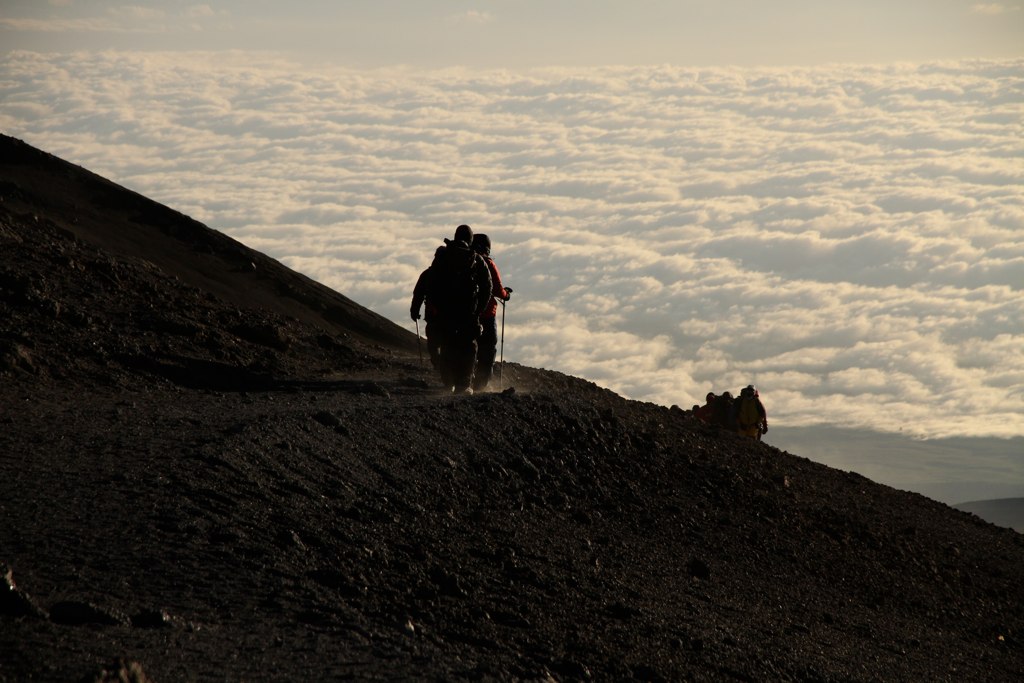
Important points to consider
Our Kilimanjaro climbs all include: the first and last night’s accommodation in Arusha, transfers to and from the park gates, a mix of huts or tents on the mountain, all your food, an experienced and highly-trained mountain guide and porters. One of the members of staff will also double as your cook.
Accommodation
Accommodation is in a mix of mountain huts and high-altitude tents, depending on the route. Please note that, owing to their unique location, many of the places are spartan and communal. One must be prepared to ‘rough it’ and simply enjoy the experience, views and location.
Clothing and protection
Many people become overheated when climbing, so it is best to dress in several layers. For instance, thermal vest, undershirt, overshirt, sweater and jacket. Sweating causes loss of bodily fluid and at the same time soaks clothes. These rapidly become cold in the wind or shade. It is therefore recommended that layers be removed as the body heats up. But be sure to put them back on when you stop to rest, enter a shadow or trek after sunset. If you get wet, change into dry clothes immediately. Winds around the saddle and summit can cause severe heat loss by evaporation, so a windproof jacket is required. Hats are also recommended, as they prevent heat loss from the scalp. A balaclava that covers hair, ears, forehead and chin is very useful at high altitudes. Good gloves, sunglasses and sun block are essential. Comfortable ‘broken-in’ boots are imperative.
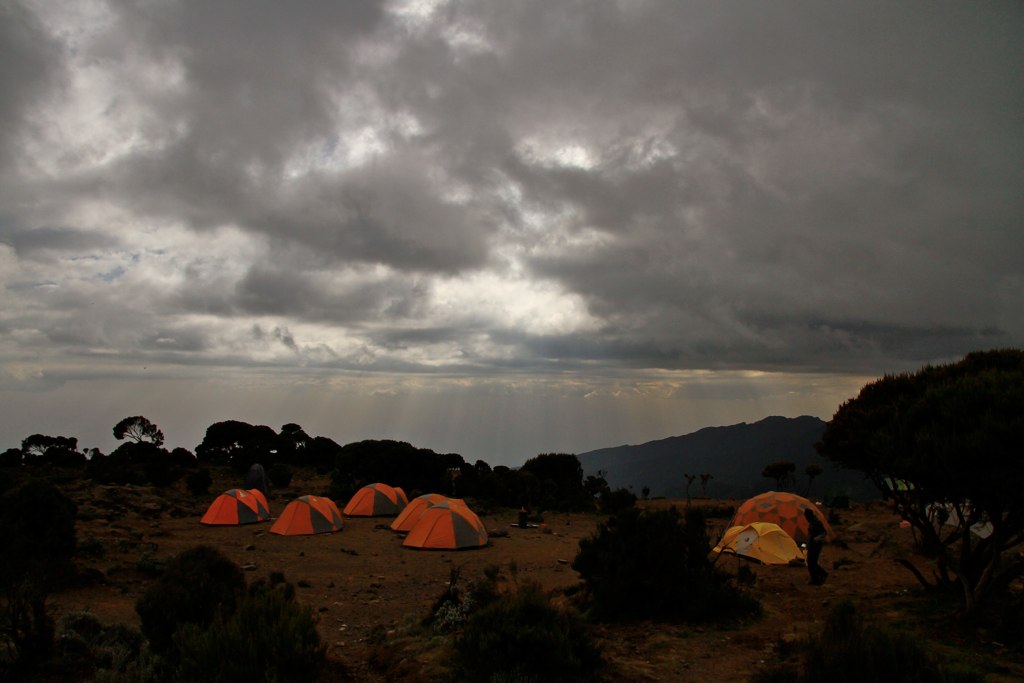
Equipment
A certain amount of equipment can be hired from the park or the hotels before departure, including: sleeping bag, walking stick, rucksack, warm clothing, rain wear and water-bottle. However, bring your own ‘worn-in’ shoes, including a light pair for walking and use around camp and a pair of boots for mud, rain, snow and ice. Other useful items include: sweater, wind/rain proof jacket, thermal underwear, hat/balaclava, gloves, thermal socks, scarf, sunglasses, sunblock cream, toilet paper, basic first aid kit, personal medicine, sweets, nuts, fruit, money (to purchase drinks at Mandara Hut) and a torch with spare batteries. If sleeping in any of the huts other than those on the Marangu Route (which have bunks and mattresses), it is essential to hire/bring a good ground cloth or foam mat.
Fitness
People attempting to reach the summit should be in good physical condition, able to slowly jog for an hour or more without feeling short of breath or manage a several hour walk. No-one with a sore throat, cold or breathing problems should go above 3,000m. People with heart or lung problems should not attempt the mountain, without consulting their doctor. Being in the right mental state is also important.
Fluids
Everyone should drink four to five litres of fluid each day. Water is best, but fruit juice is a good supplement. Carry your own water-bottle at all times as dehydration is a real problem on the mountain. The air is very dry above 4,000m, so panting should be avoided and breathing ought to be through the nose. Controlled sweating is managed by wearing removable clothing and walking at a gentle pace. Sip fluids frequently.
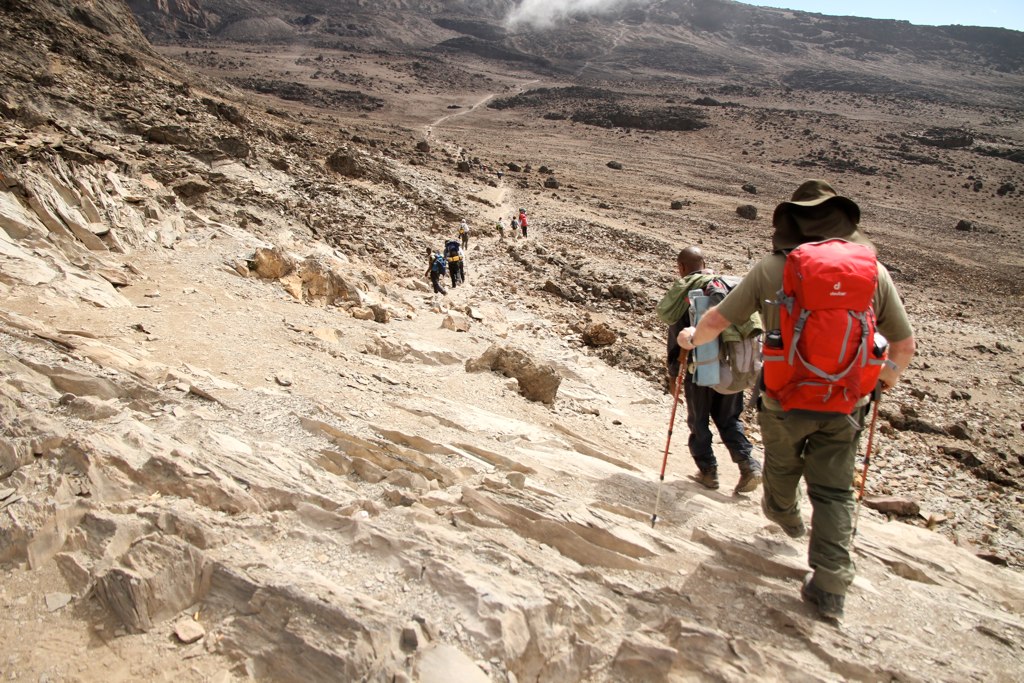
Food
Appetites are usually good until around 4,000m. After that, few people feel like eating. Light carbohydrate food, like bread, cereals and rice, is highly recommended. These foods help increase oxygen in the blood, as well as providing the body with the necessary 4,000 calories per day. Citrus fruits and bananas are good to eat, as they reduce the alkaline condition of the blood. Avoid fats, rich food, alcohol and tobacco.
Altitude mountain sickness
Above 3,000m, some people begin to experience mountain sickness, which is caused by the body being unable to acclimatise fast enough to the altitude. The best way to prevent this is to ascend very slowly, taking care to eat and drink properly. The symptoms include headache, nausea, fatigue, sleeplessness and the swelling of hands and feet. Above 4,000m, most people have some of these symptoms.
Porters
Porters are the backbone of a climber’s trip. They are the silent ones: the ones who carry the loads, have your equipment set up hours before you arrive and sweat the same vertical path to the summit. They too are human and suffer from mountain sickness, frostbite and hunger. Please advise us if you see porters being treated unfairly, underdressed or overloaded.
Rescue team and medical facilities
The park has a reliable, well-equipped rescue team on the Marangu route. In case of an emergency whilst on another route, the park headquarters is in radio contact with the guides. For medical emergencies, there are the Kilimanjaro Christian Medical Centre and a large hospital in the Moshi area.
We can recommend small group safaris or can tailor-make your own exclusive safari to Tanzania incorporating climbing Kilimanjaro with either a safari or time at the beach. We also offer private ascents of Mount Kenya – see below.
We offer all Kilimanjoro routes – please call us on 01386 830264 or email sue@trackssafaris.co.uk to start planning your Tanzania Adventure!

MOUNT KENYA
Mount Kenya is Africa’s second highest mountain and offers a choice of exciting treks and climbs through varied ecosystems and stunnng scenery. The Mount Kenya Forest Reserve provides the ideal habitat for vast herds of buffalo and elephant as well as a bright kaleidoscope of birds and other wildlife. At higher altitudes, the forest gives way to lush bamboo groves where colobus monkeys leap and leopard prowl and, higher up, there is tussock grass and alpine moorlands, jewel-studded by icy glacial tarns and moraines. As for the globally unique alpine flora, it features 13 species endemic to the mountain including giant lobelias, groundsel and water-holding cabbages.
Mount Kenya Treks and Climbing
We offer tailor made treks on Mount Kenya for small private groups. Our trips are flexible and personalised using experienced guides who will make sure your trip is safe and enjoyable. Point Lenana (4985m) can be achieved by any physically fit person and no climbing experience is necessary.
It is also possible to hike on the mountain without the pressure of a summit climb. There are plenty of trails off the beaten track where you can spend time appreciating the dramatic and varied landscape.
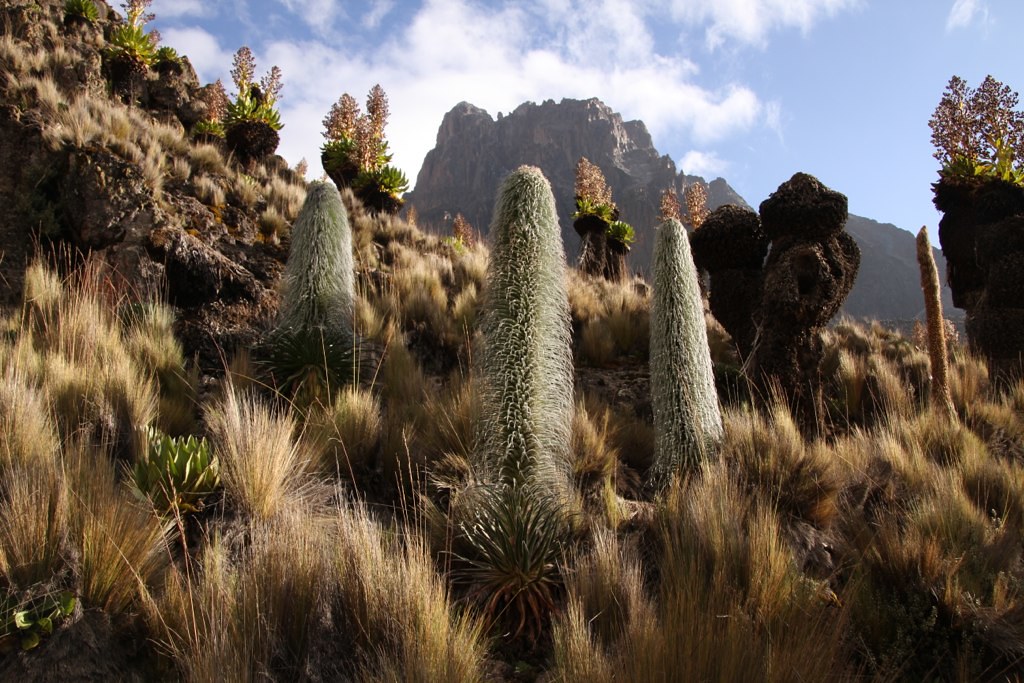
Alternatively we can organise for you to climb both Mount Kenya and Kilimanjaro in one trip – please ask.
To start planning your climb please call us on 01984 667420 or email sue@trackssafaris.co.uk
